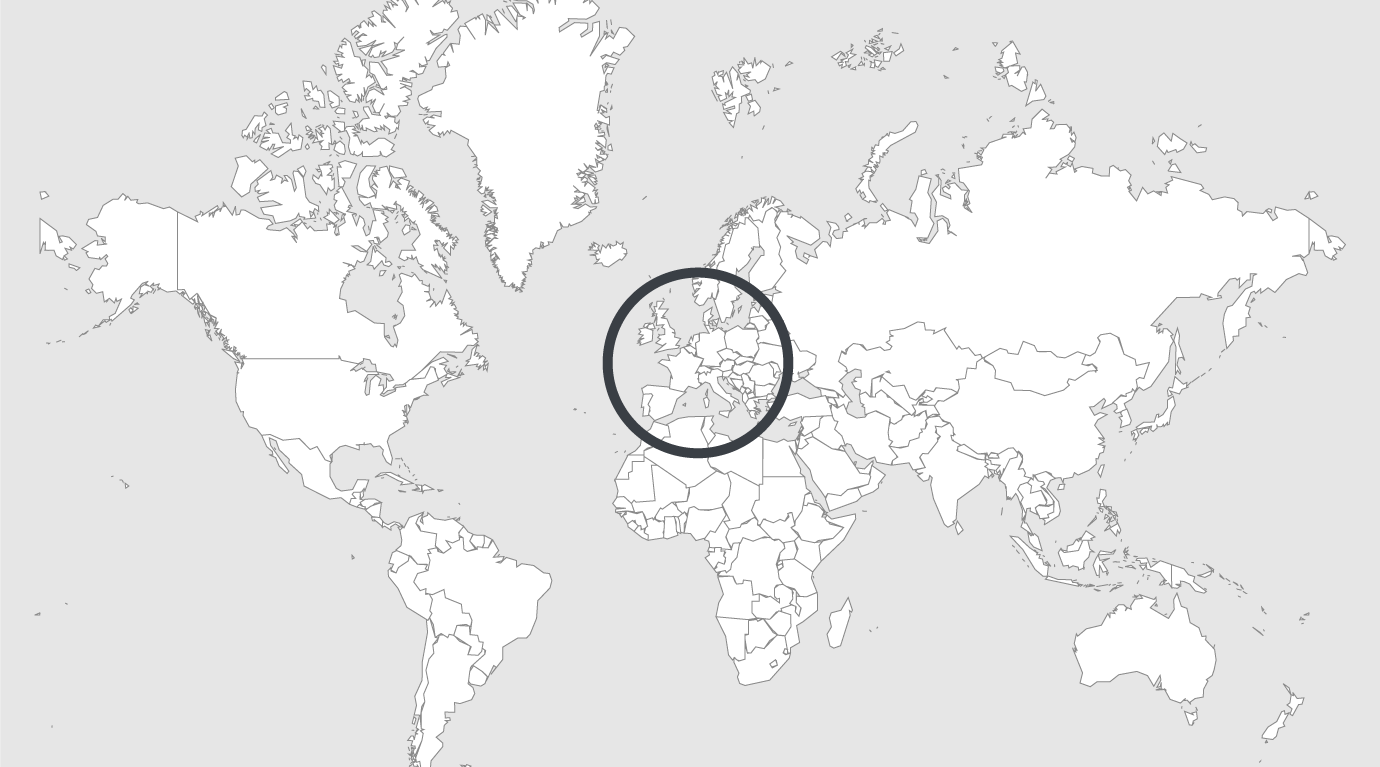
Explore
Inside tracks: life at the UK’s prison radio station
Let me tell you about this award-winning radio station. It is loved by its listeners, who tune in devotedly. One of its studios is based just around the corner from my home and, as the Observer’s radio critic, I’ve been desperate to hear its output. Unfortunately, I’ve not been able to sample a thing: not its popular rock show, nor its music request programme, its regular sound clash slot, nothing. I can’t enjoy the many delights of NPR, because I’m a free woman. NPR stands for National Prison Radio. Only people in prison can listen.
National Prison Radio only started in 2007, as a single station, Electric Radio in HMP Brixton. It quickly expanded into a national network and now it can be heard in 100 prisons, broadcasting 24 hours a day, seven days a week, to the 85,000 prisoners in England and Wales. The charity that’s behind NPR, the Prison Radio Association, is funded by donations and public funds, but also by its own audio productions. In 2015, it made its first radio drama, Bound, based on real-life child custody cases of babies born to a mother in prison. It has a newish monthly Radio 4 show, Outside In, recorded at the BBC by former prisoners; and it makes varied documentaries, such as Paul Mason’s recent one on social media manipulators.
PRA’s outside output is excellent , but it’s NPR, the sound of the inside, that is the real pull. For while, it seemed as though the only way I’d get to hear it was to become a judge on a radio awards panel. But, after several months of negotiation, the arrangements are in place for me to visit the studio in HMP Brixton.
The prison is situated on a small road, off the main drag out to the south coast. It’s not announced, particularly: you could walk past it – between a tyre shop and a housing estate – and not really know it was there. But it is. There are a few of us on the visit, including Radio 1’s Scott Mills, who’s an ambassador for the PRA. We trot up to the entrance: an office, behind reinforced glass, where we show ID and hand over our mobile phones, keys and other odd items, such as chewing gum (in case it’s used to make an impression of a key). We progress through the prison slowly, in a group, moving between doors that are locked behind us before the one in front is unlocked. The sky seems very far away. Everyone who works in a prison makes jokes, and you know why, when you’re there.
Brixton has a mixed reputation. For many years, it was a Category B prison, just one security level down from the A set-up for those deemed truly dangerous. In 2012, it was changed to a prison for Category C and D prisoners; essentially, those with short sentences for non-violent crimes or those who have served their time and are on their last few months before going back outside. There are some prisoners on ROTL (release on temporary licence: they do voluntary work outside prison) and others are allowed to fraternise outside their cells for as long as 18 hours a day.
What’s good about Brixton is its several imaginative rehabilitation schemes. There’s Bad Boys bakery, where prisoners learn to make bread and cakes (Bad Boys produce is sold all over London). There’s The Clink, a restaurant where outsiders can book and eat a meal, prepared and served by prisoners. The prison has strong links to Bounce Back, a post-prison service where ex-prisoners learn painting and decorating skills (I’ve used them, I recommend). There is National Prison Radio.
The prison has plenty of problems, however. A 2015 independent report noted that most of its Cat C prisoners have access to “education or purposeful activity for only two or three hours a day”. During 2015, the staffing situation was “desperate”: “inadequate to ensure the humane treatment of prisoners”.
The prison is far from welcoming. The buildings are old and designed for fewer inmates than the 800 housed here. There are cage-style fences everywhere with barbed wire on top. There’s not much ground to walk on. You feel surrounded: everything is oppressively, light-blockingly high. Even the chapel is up some metal stairs, just a darkened room with a stage and a crucifix on the wall. There have been improvements – gym machines in the old outdoors smoking area – but legal highs are rife (“Brixton had the highest level of illegal drug use [of any prison] in the country”, said the report), gang tensions exist and in November last year, a film made with the live video streaming app Periscope showed an inmate being beaten up.
Read full article.
